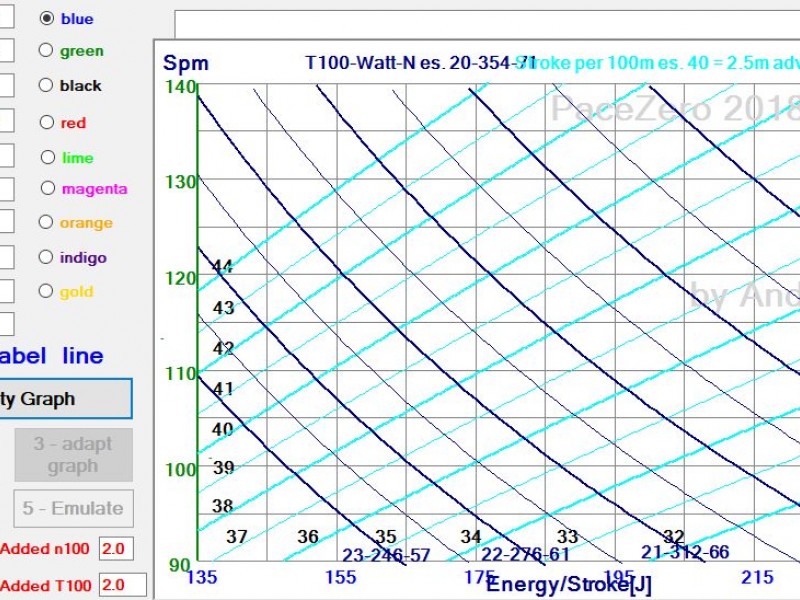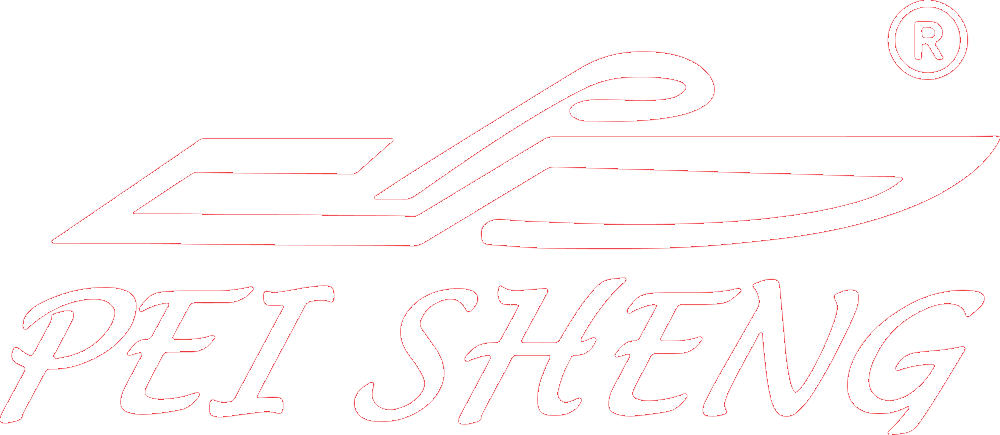He graduated from physics in 1986 with a thesis on hydrodynamics. Since 1986 he has produced and supplied computerised and video measurements at the Institute of Sport Medicine and Science (Istituto di Medicina e Scienza dello Sport), and since 1987 he has worked as a software and hardware assistant at the CNR – INSEAN (Marine Technology Research Institute).
Before the congress Andrea Pace offers the H-graph software for free to everyone and it can be downloaded here:
*Please note that the software is only available for Windows and it will not work on mobile phones or Mac.
For additional information on H-Graphs and PaceZero.exe app see the PDF document which is available
HERE.
You are offering your computer software for free. What are the benefits of using this software?
The software allows users to observe tactics and how athletes put these tactics into practice. It contains international races thanks to ICF GPS data stored in the software’s archive. The software allows users to analyse each individual athlete’s data – this data can be inserted manually or by means of text tables provided by electronic devices.
Users will be able to look at many athletes’ tactical errors and link them to the corresponding mistakes in Base-technique and Meta-technique.
Users will also be able to observe n100 variations. For example, in 2017 Dostal used two different n100s. His LB36 is 35 and LB40 is 39. This also happens in 500m races (37 and 39). What matters is that, excluding the transition stages (n100 variation), winning athletes travel with a constant n100. Finals B athletes do not, on the other hand, travel with a constant n100.
In your presentation at the congress you will discuss the meta-technique for kayakers. Can you explain it for us in simple words?
Meta-technique is important in kayak and even more important in Canadian canoe. Meta-technique is the athlete’s main objective: it is made up of all the physical phenomena and actions that are going on both on the outside and inside the athlete’s body. Highly skilled athletes perform such actions instinctively, without being conscious of them, through Base-technique. However, Base-technique has its limits, whereas Meta-technique can be developed through training.
What is the most important thing to do in the boat to go fast?
Paddlers wish to perform a constant action but are unable to do so; otherwise it would suffice that they be pulled by a 7 KgF to win a 1000m race in K1.
When in water it is important to have a point of support that does not move back, like a large mass. To simplify, let’s call this mass ‘inertia’. The great inertia obtained in the water by means of Base-technique must be balanced by an equally great inertia in the athlete’s body. Body inertia changes through rotations, lateral movements, alignments, movements that change the centre of rotation, suspension movements, and elasticity, the latter especially with regards to the psoas muscle. Skilled canoeists should be able to benefit from both inertias and to make sure these are equal. The applied force becomes important only once the athlete is able to use Meta-technique.
What is the difference between efficiency and efficacy and when you work on them?
A good example that explains this difference is Liebscher’s K1 1000 m Račice 2017 race. In the race segment between 200m and 500m, he paddles 36 times per 100m (this figure is known as the n100). This – known as LB36 even when talking about other athletes – is the most efficient race mode. Between 800m and 950m, however, he is unable to keep up this pace, and changes the n100 (number of paddle strokes per 100m), gradually increasing it to 40 in order to go faster. In this “LB40” stage, Liebscher’s efficiency is still good but not as good as before. At 950m he is travelling at the same speed as at 300m, but with 115 spm (strokes per minute) rather than 105 spm as before. Therefore, in the last part of the race the athlete chooses efficacy (or performance effectiveness) over efficiency.
Congress will start on October 26th 2018.
More information on Congress in Catoira: http://www.congresocatoira.es/index.php/en/
Register here: http://www.congresocatoira.es/index.php/en/registration-form
Event bulletin (PDF)
http://www.congresocatoira.es/images/descargas/2018/triptico_eng.pdf
Workshops bulletin (PDF)
http://www.congresocatoira.es/images/descargas/2018/diptico_eng.pdf
Poster (PDF)
http://www.congresocatoira.es/images/descargas/2018/cartel_2018_eng.pdf
 22.10.2018
22.10.2018


